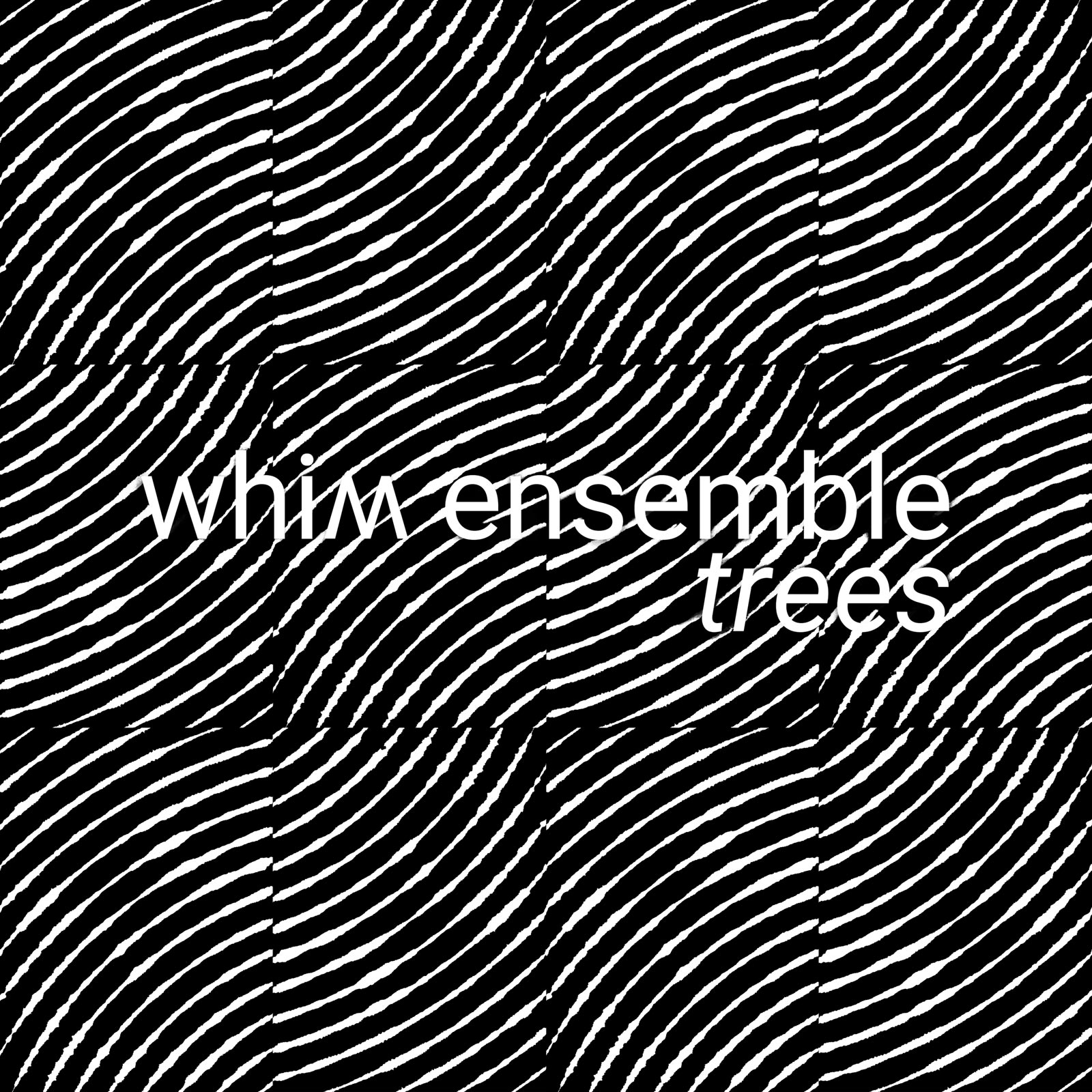Trees
Whim Ensemble
Ofer Pelz prepared piano
Preston Beebe percussion
Stéphane Diamantakiou double bass
Whim Ensemble musically explores Dutch painter Piet Mondrian’s artistic abstractions of nature on TREES from Ravello Records. Employing the skills of prepared-piano player Ofer Pelz, percussionist Preston Beebe, and double-bassist Stéphane Diamantakiou, the ensemble combines their years of experience as composers and performers to unearth new textures and timbres for their instruments. The resulting album effuses influences of free jazz, contemporary experimental music, and more to foster a unique take on Mondrian’s creative process and influential artistic output.
Listen
Track Listing & Credits
| # | Title | Composer | Performer | |
|---|---|---|---|---|
| 01 | Radicle | Ofer Pelz, Preston Beebe, Stéphane Diamantakiou | Whim Ensemble | Ofer Pelz, prepared piano; Preston Beebe, percussion; Stéphane Diamantakiou, double bass | 2:49 |
| 02 | Cambium | Ofer Pelz, Preston Beebe, Stéphane Diamantakiou | Whim Ensemble | Ofer Pelz, prepared piano; Preston Beebe, percussion; Stéphane Diamantakiou, double bass | 3:56 |
| 03 | Xylem | Ofer Pelz, Preston Beebe, Stéphane Diamantakiou | Whim Ensemble | Ofer Pelz, prepared piano; Preston Beebe, percussion; Stéphane Diamantakiou, double bass | 4:51 |
| 04 | Meristem | Ofer Pelz, Preston Beebe, Stéphane Diamantakiou | Whim Ensemble | Ofer Pelz, prepared piano; Preston Beebe, percussion; Stéphane Diamantakiou, double bass | 9:53 |
| 05 | Catalpa (percussion solo) | Ofer Pelz, Preston Beebe, Stéphane Diamantakiou | Whim Ensemble | Preston Beebe, percussion | 1:29 |
| 06 | Gryllus | Ofer Pelz, Preston Beebe, Stéphane Diamantakiou | Whim Ensemble | Ofer Pelz, prepared piano; Preston Beebe, percussion; Stéphane Diamantakiou, double bass | 4:57 |
| 07 | Mycorrhizal Networks | Ofer Pelz, Preston Beebe, Stéphane Diamantakiou | Whim Ensemble | Ofer Pelz, prepared piano; Preston Beebe, percussion; Stéphane Diamantakiou, double bass | 5:37 |
| 08 | Fitzroya (double bass solo) | Ofer Pelz, Preston Beebe, Stéphane Diamantakiou | Whim Ensemble | Stéphane Diamantakiou, double bass | 1:43 |
| 09 | Hevea | Ofer Pelz, Preston Beebe, Stéphane Diamantakiou | Whim Ensemble | Ofer Pelz, prepared piano; Preston Beebe, percussion; Stéphane Diamantakiou, double bass | 4:01 |
| 10 | Inga (piano solo) | Ofer Pelz, Preston Beebe, Stéphane Diamantakiou | Whim Ensemble | Ofer Pelz, prepared piano | 2:12 |
| 11 | Pinene | Ofer Pelz, Preston Beebe, Stéphane Diamantakiou | Whim Ensemble | Ofer Pelz, prepared piano; Preston Beebe, percussion; Stéphane Diamantakiou, double bass | 3:10 |
Recorded October 25-27, 2021 at Les Studios Opus, L'Assomption in Quebec, Canada
Engineer Sylvaine Arnaud
Recording Assistant Steeve St-Pierre
Mixing Preston Beebe
Mastering Melanie Montgomery
Cover Art Preston Beebe
Executive Producer Bob Lord
A&R Director Brandon MacNeil
A&R Chris Robinson
VP of Production Jan Košulič
Audio Director Lucas Paquette
VP, Design & Marketing Brett Picknell
Art Director Ryan Harrison
Design Edward A. Fleming
Publicity Patrick Niland
Artist Information

Whim Ensemble
On the verge of composed and improvised music, Whim Ensemble (Ofer Pelz, prepared piano, Preston Beebe, percussion and since 2021 Stéphane Diamantakiou, double bass) creates percussive landscapes by inventing instrument modifications and techniques to build an unusually rich sound world since 2015. They place found objects on their instruments to explore complex timbres, textures, and harmonies. Inspired by electroacoustic music, they generate sound through motion to create musical gestures which resonate to sound as one.
Notes
In this project, we explore musically the ideas developed by the Dutch painter Piet Mondrian in his abstractions of trees. Our motivation is to translate his creative process into music. Mondrian developed a method of visually distilling the essence of naturally harmonious forms by recursively painting the same tree while reducing its visual components with each repetition. In doing so, he was able to uncover the essence within the intricate structure of a tree. As with Mondrian's tree abstractions, we aim to extract some elements from a musical gesture and uncover the underlying structure.
Throughout the creative process, we learned a lot about trees themselves and were inspired by their behavior, growth, varieties, habitats, and so forth. This led us to explore metaphorical concepts surrounding these subjects to create our musical works. At times we used a series of graphic scores generated from tree photographs as gestural inspiration and structural form. All of the song titles on the album have a meaning in the botanical world of trees.
*Botanical notions are taken from Wikipedia




